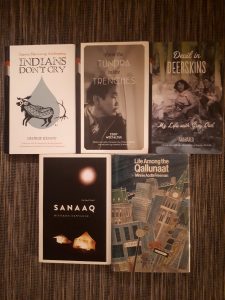In my research to learn about the kinds of resources there are out there for authors and publishers, I came upon this site. This organization specializes in “sensitivity reading” – which is a big talking point at the multi-national higher education publisher (Pearson) that I work for. They offer many different types of services, but I’m most interested in the sensitivity readings, as it is most related to my final project. I discovered that they employ (or rather, hire on a contractual basis) many consultants from super diverse backgrounds – in terms of (dis)abilities, race, heritage, trauma-informed and trained, sexuality, and more.
https://www.saltandsagebooks.com/
